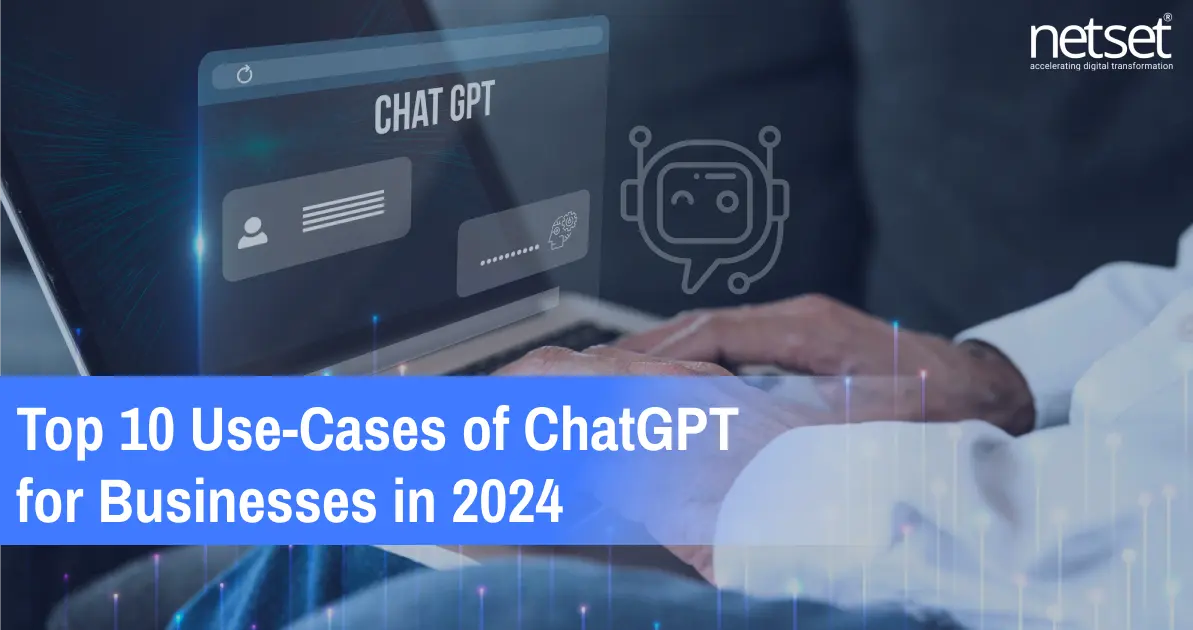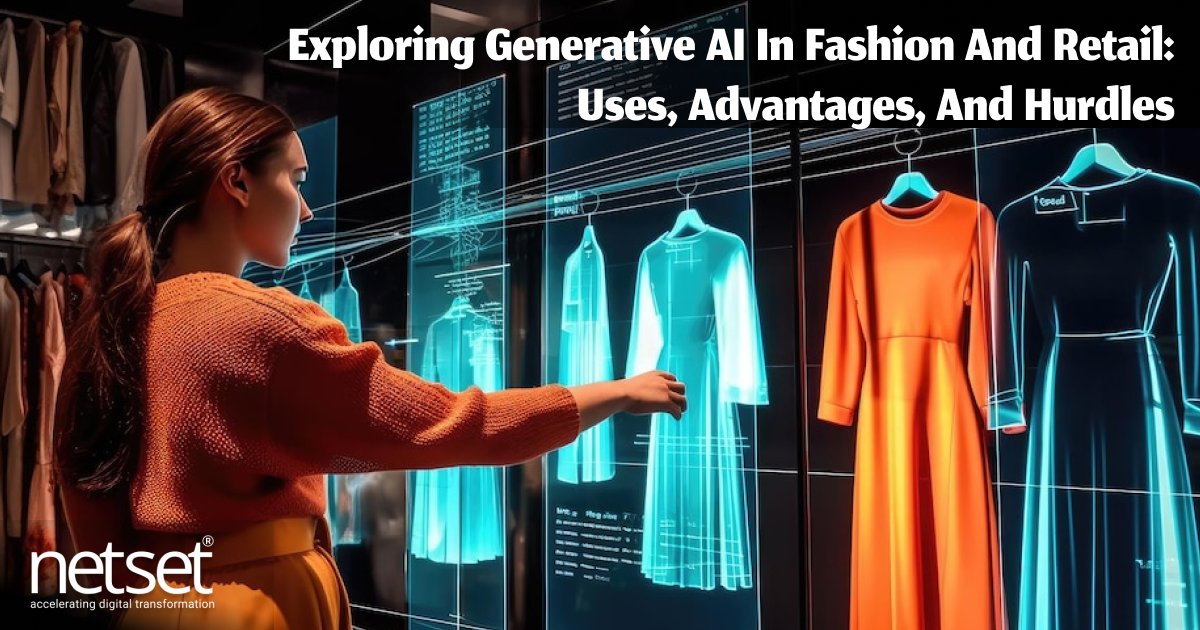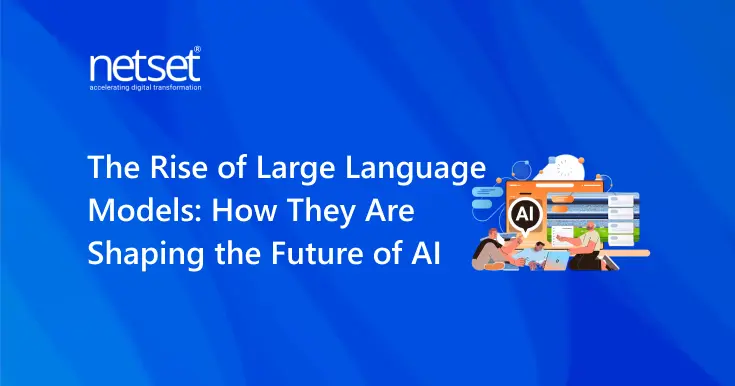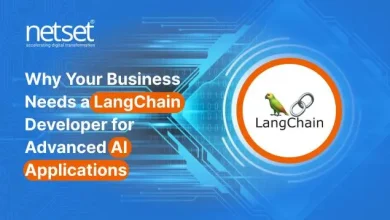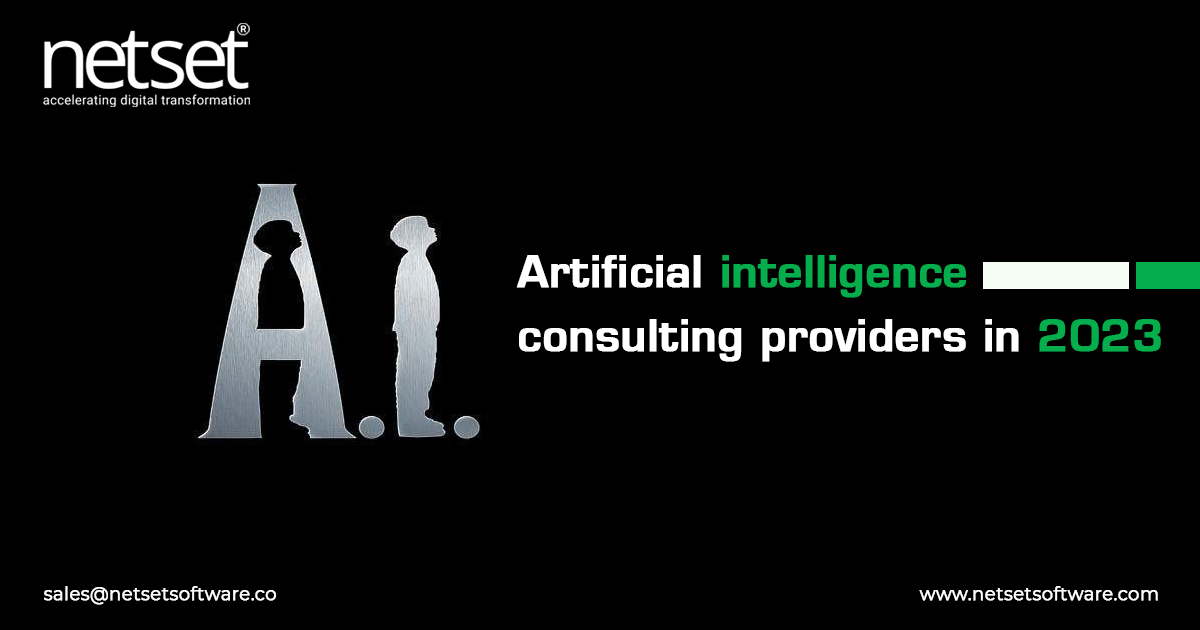How Model Context Protocol Is Redefining AI Integration for Agile Startups?
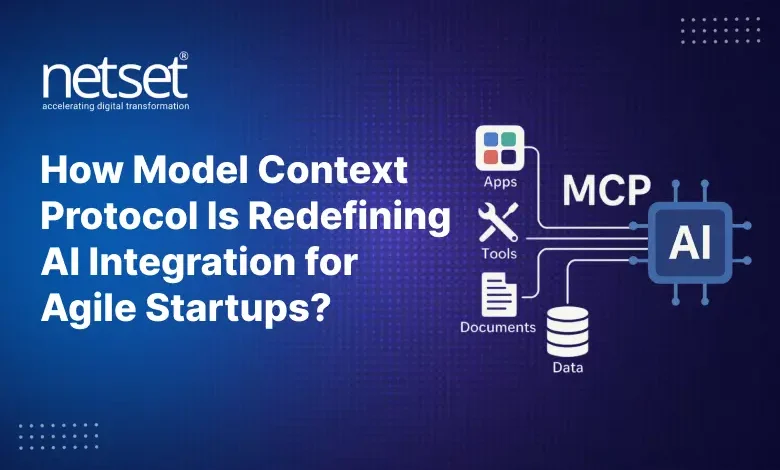
For modern startups, speed is everything because they want their product to hit the market as fast as possible to outlast the competition. But when it comes to launching a product with AI, things get complex, expensive, and heavy, which most early startups hesitate to go with.
There is a new game changer introduced in the market making the integration of AI in digital products easy; it is known as Model Context Protocol (MCP). In place of building models from scratch or handling multiple disconnected APIs, startups can now achieve streamlined AI logic, context sharing, and output generation with MCP. If you are curious to know how the model context protocol is ready to shape agile startups with AI integration, then you are at the right place.
Understanding Model Context Protocol in simple language
Let’s understand the Model Context Protocol with an example where you are about to build a chatbot to help your customers. For the chatbot to work well, different parts of its brain need to work together, just like humans, right? That is where the model context protocol comes in, where it sets rules that help all different AI pieces, like tools, inputs, and models, to chat with each other to get the right information.
This protocol simplifies what used to be very complex and painful for developers as well as developers. It is redefining the standardized way for large language models to “understand” tools, interpret memory, and operate within a defined context window. For the early startup that comes up with limited time and resources, this means faster AI deployment with fewer bugs and integration headaches.
Why traditional AI integration slows startups down.
Let us be honest, AI is powerful but may demand so many resources, the right expertise, and deep analysis. In the older time, integrating AI into a product meant building pipelines from scratch, managing large datasets, and restraining and constantly syncing multiple components. Such complexities restrict startups that are trying to move fast in the fast-paced market.
A 2024 report by CB Insights shared that over 40% of the startups delay AI adoption because of integration complexity and unclear ROI. Thankfully, MCP addresses these pain points by allowing AI tools to share memory and functionality within a defined structure. There will be no need to constantly reengineer the model behavior because the context is shared as well as managed smartly.
To adopt the Model Context protocol, you have to find a reliable AI development solutions provider to utilize this technology to the fullest.
How does MCP give smarter and more contextual AI?
See MCP as a way to make AI tools behave more like a team instead of scattered freelancers. For example, if your app uses AI for both summarizing documents and sending user alerts, MCP makes sure that context (learned from previous requests) is shared between both functions. This makes the continuity, personalization, and accuracy better, which are the key elements that users notice at first.
With the rise of multi-agent AI systems, this shared context model is becoming a new standard, and instead of managing separate pipelines, teams are now using AI software development solutions that wrap all agents under a unified context-aware protocol.
And the benefits are real, like fewer miscommunications, lower token usage, better performance, and more intelligent outputs that feel natural to the user.
Few Reference Applications of MCP in startups (use cases)
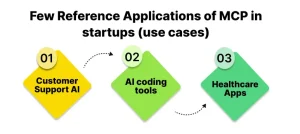 For a reference, let us see some of the real use case scenarios where MCP can drop a positive impact.
For a reference, let us see some of the real use case scenarios where MCP can drop a positive impact.
- Customer Support AI: Instead of re-answering the same user queries, the assistant remembers past issues, product preferences, and tone.
- AI coding tools: When multiple models work in debugging and testing, MCP can share the same source code and context for faster output.
- Healthcare Apps: AI conducts patient symptom analysis and understands previous medical history to talk with scheduling systems, where all of it takes place, keeping the privacy boundaries.
These are some of the use cases, but there are no restrictions on how you want to apply MCP with your creativity and product potential.
Benefits of MCP for Agile Startups
You must be wondering why all of this matters for an agile and early-stage company. Well, there are several benefits of MCP that agile startups get to succeed in the competitive market.
The first benefit is that it integrates faster because AI components no longer require deep integration logic for each task. Second, MCP allows quicker iteration because feature updates do not break the chain of context in the memory. Finally, businesses can scale much faster using MCP, as adding more AI tools does not multiply the complexity.
Although there are so many benefits and startups can ship their AI solution faster, finding AI development services that support module- and context-rich integration through the MCP framework can further boost the product launch.
How to get started with MCP for your app? Partner with NetSet Software
You do not have to reinvent the wheel because today, platforms like OpenAI (with GPT-4o) and other leading LLM toolkits support MCP-style integrations mostly for multi-agent systems. If you are using Node.js, Python, or mobile stacks like Swift and Kotlin, you can plug into open-source libraries or SDKs designed for context-aware AI logic.
- Working with a custom AI development company like NetSet Software can help you with the below:
- Set up a memory-sharing architecture.
- Build a tool using agents (like AI that can call APIs or fetch from your DB).
- Maintain lightweight, secure, and explainable workflows.
For early adopters, this is an opportunity to build smart AI features faster than the competition without compromising on quality.
What does MCP offer more than just the speed?
Other than launching your product fast to market with a cost-effective budget, there are few more benefits that MCP offers to the businesses. Starting with trust, the content sharing lowers the errors and repetitions, thus making the overall user experience better. Plus, you also get the adaptability because new AI tools can be swapped in and out with minimal work. And when you have trust and adaptability, your solution takes the path of sustainability, which means it gets future-proof.
Final Thoughts
Although there are so many innovations coming in the ecosystem of AI, the model context protocol, despite not being in headlines, is silently reshaping the agile startups behind the scenes. It removes the technical debt, improves speed to market, and lets businesses compete with larger players without needing a massive AI team. As AI becomes a core layer in digital products, protocols like MCP will be the foundation of how these smart systems interact and evolve in the future.
FAQs
What is the model context protocol in simple terms?
It is a way for AI tools to share memory and work together inside your app, which makes their integration faster and smarter.
Is MCP only for big companies, or can startups also use it?
Startups can get the most benefits because it speeds up the development and lowers the cost without requiring a big AI team. Big companies have time, resources, and budget with an already established brand image, so the benefits weigh more for the startups.
Does MCP only work with OpenAI models?
No, it can be used with many other AI tools and frameworks as well, because it is more about the structure than the model itself.
Do I need to change my whole tech stack to use MCP?
There is no need to change your tech stack because you can easily integrate it with your current app; however, you will need help from a custom AI development company with the right expertise.
Can NetSet Software help us implement MCP in our product?
Yes, we can build custom AI systems with advanced context sharing and memory logics using MCP.
